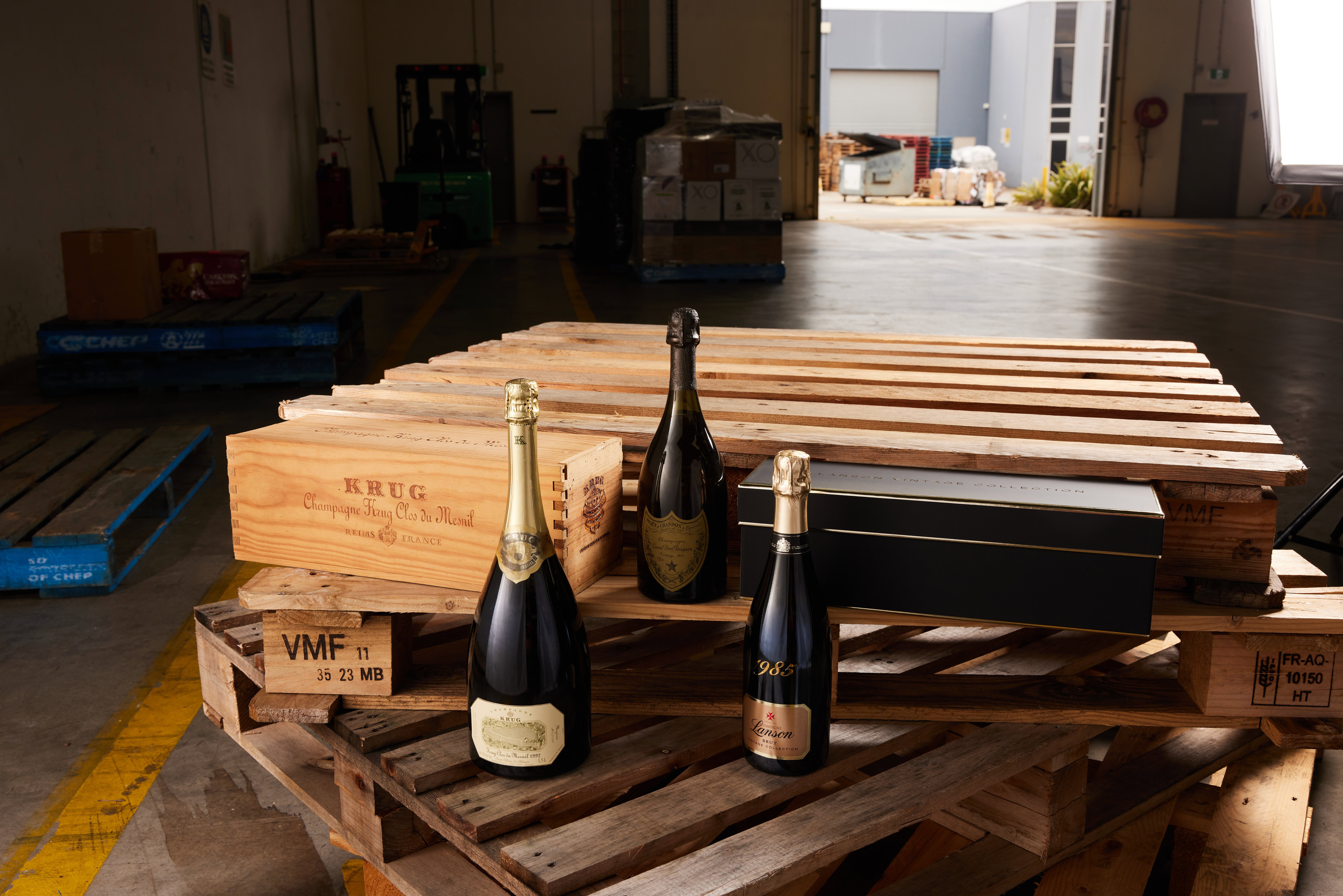Australian wine exporters delivered wine to 120 destinations last year - eight more than in 2021 - which kept the volume of Australian wine exported steady, increasing by just 1 per cent in volume to 623 million litres.
But while volume remained steady, value declined by 4 per cent to $1.94 billion at the year's end.
Wine Australia released its Export Report for 2022 earlier this week. It said that the rise in volume was largely driven by growth in the shipments of unpackaged wine, particularly to the US and Canada, thanks to improved global shipping challenges.
Wine Australia Manager, Market Insights Peter Bailey said, “Shipments of 2021 and 2022 vintage wines had been largely delayed due to the shipping challenges, particularly unpackaged shipments. As these conditions eased in the latter half of 2022 in some regions, Australian wine producers were finally able to ship their products to customers overseas.
"This increase in the share of unpackaged wine shipments contributed to the decline in the total value of exports, as unpackaged wine is shipped at a lower average free-on-board value because packaging costs are excluded."
Southeast Asia continues to be a bright light for Australian wine exports with a 16 per cent rise in value to $305 million. Notably, value of exports to Thailand and Malaysia improved although Singapore and Hong Kong declined by 20 per cent and 13 per cent, respectively.
Value of exports also improved in Canada improved, but declined in the US as did shipments to the UK in the second half of the year.
Bailey said, "This drop was anticipated, as Australia experienced two years of elevated shipments as a result of Brexit deadlines and increased demand for wine in the off-trade (supermarkets and bottle shops) during the COVID-19 pandemic when many on-trade businesses were closed."
The decline in the overall value of exports was driven by shipments valued below $5 per litre free-on-board (FOB), down by 9 per cent to $988 million. Exports in this segment also declined in Denmark, Germany, the Netherlands, and New Zealand.
Meanwhile, exports above $5 per litre increased by 2 per cent in value to $957 million. The markets driving this trend were Thailand, Malaysia, Canada, Denmark, and Japan.
“Contributing most to the growth above $5 per litre were exports valued above $10 per litre, which grew by 3 per cent in value to $623 million. This price segment increased its share of packaged exports in many destinations, which aligns with premiumisation trends in mature markets of wine consumers drinking less, but higher priced, wine,” Mr Bailey said.
The top five markets by value were:
- US (down 3 per cent to $390 million. 20 per cent value share of total export value)
- UK (down 18 per cent to $373 million. 19 per cent share of total export value)
- Canada (up 14 per cent to $188 million. 10 per cent share of total export value)
- Hong Kong (down 13 per cent to $167 million. 9 per cent share of total export value), and
- Singapore (down 20 per cent to $132 million. 7 per cent share of total export value).
The top five markets by volume were:
- UK (down 11 per cent to 216 million litres. 35 per cent share of total export volume)
- US (up 13 per cent to 140 million litres. 23 per cent share of total export volume)
- Canada (up 46 per cent to 68 million litres. 11 per cent share of total export volume)
- Germany (down 15 per cent to 29 million litres. 5 per cent share of total export volume), and
- New Zealand (down 6 per cent to 29 million litres. 5 per cent share of total export volume).
Share the content










